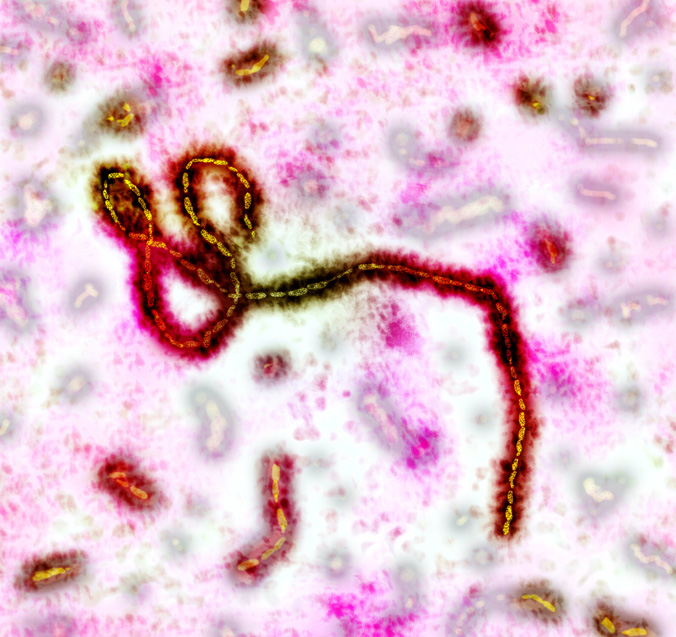Ebola outbreak: Officials prepare for ‘worst-case scenario’ in DRC
Officials are preparing for the “worst-case scenario” while racing to contain an Ebola virus outbreak in a remote area of the Democratic Republic of the Congo that may have killed at least 18 people already, including one health care worker.
The outbreak involves dozens of suspected cases in an area with few paved roads, little electrification and clean water and poor sanitation, according to Peter Salama, MBBS, MPH, WHO deputy director-general for emergency preparedness and response.
Some of these characteristics are generally considered reassuring in an Ebola outbreak — hard-to-reach places can isolate the spread of the virus, and the currently affected area is almost 200 miles from the provincial capital. But Salama said there are reasons to be concerned, particularly about factors that may amplify the current outbreak, and some that could complicate the expected delivery of an investigational vaccine.
So far, there have been two laboratory-confirmed confirmed infections, plus 18 probable and 12 suspected cases occurring between April 4 and May 9, according to WHO.
“The problem here is that we already have three separate locations that are reporting cases that cover as much as 60 kilometers and maybe more,” Salama said today during a briefing on the outbreak. “We have three health care workers infected, and one reported as of yesterday as having died. We know that health care workers can really be an amplification factor for these kinds of outbreaks. The number of suspected, probable and confirmed cases is significant, so we are very concerned, and we are planning for all scenarios, including the worst-case scenario.”

Salama did not expand on what the “worst-case scenario” would entail. Ebola has an average case fatality rate of around 50%, and can reach as high as 90%, he said.
Unlike the three countries at the center of the 2014-2016 West African Ebola epidemic, which killed more than 11,000 people, the Democratic Republic of the Congo (DRC) has a lot of experience fighting Ebola. This marks the ninth Ebola outbreak in the DRC since the virus was discovered in the country in 1976.
Last year, an Ebola outbreak in another remote area of the DRC prompted officials to consider using an experimental vaccine to stop its spread. Officials are having the same conversation in the current outbreak, a WHO spokesman told Infectious Disease News. The vaccine, V920, is not approved in any country, but Merck has stockpiled more than 300,000 doses to use in emergencies.
Jessica Ilunga, spokeswoman for the DRC Ministry of Public Health, told Infectious Disease News that the ministry has asked Merck to ship an unspecified number of doses of the vaccine for potential use in the current outbreak. Ilunga said details of the shipment were being finalized and more would be known next week.
The vaccine, developed in Canada, was 100% effective at preventing infection in a major trial conducted in Guinea during the West African epidemic, but Salama said using it during the current outbreak is complicated by several factors, including the need to store the vaccine at between –60°C (–140°F) and –80°C (–176°F).
“This is not a simple logistical effort. It’s not like doing an oral polio campaign with oral polio vaccine, where we get it immediately out to the field. This is a highly complex, sophisticated operation in one of the most difficult terrains on Earth,” he said.
According to Salama, WHO was first notified on May 3 about a cluster of suspicious illnesses in the DRC. Two of the first five samples tested in a lab in Kinshasa were positive for Ebola. The first patients reported symptoms that included fever, abdominal pain, myalgia, arthralgia and bleeding — all typical of Ebola infection.
Salama said WHO has been working with Doctors Without Borders on the initial response. The Red Cross, UNICEF and the World Food Program have also been involved, and WHO has released $1 million from its contingency fund for emergencies. More help, including a mobile laboratory, is expected by the weekend.
“It’s going to be extremely challenging in terms of the response. We need to make sure everyone aware this is going to be tough and it’s going to be costly to stamp out this outbreak,” Salama said. – by Gerard Gallagher
Disclosures: Ilunga and Salama report no relevant financial disclosures.

